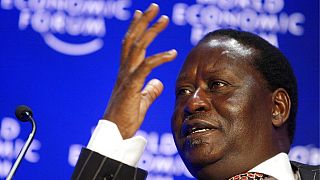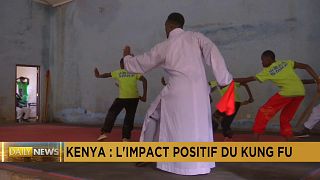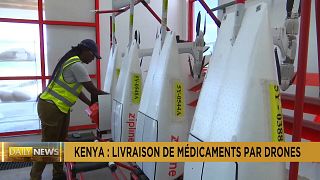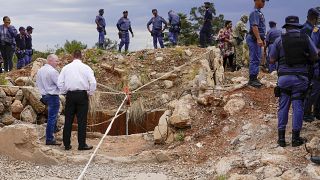Kenya
Close to 10 people have lost their lives and a 1000 others sick following a cholera outbreak at the Dadaab camp in Kenya.
According to the UN High Commissioner for refugees, Osman Yussuf Ahmed, the incident broke out in November in the camp which hosts more than 350,000 people mostly Somalis.
Health authorities believe the outbreak was probably caused by a heavy downpour.
Mr Ahmed suggests it is important to maintain hygienic practices by distributing chlorine and soap to refugees.
Humanitarian organisations have been quick to point out that refugees in the camp need funds to ensure that the camp meets minimum humanitarian standards.
Thousands of refugees at the camp live in tents which are regularly destroyed by severe weather and need to be replaced after every six months.
The number of pit latrines in the camp cannot satisfy the needs of the population and children often play in mud.
The Somalian refugees at the Dadaab camp have been fleeing civil war and famine in their country.
Cholera is caused by bacteria called vibrio cholerae . It is easily spread through contaminated water, food and the shaking of hands.
It can be controlled through safe water and sanitation services and community awareness campaigns.












00:55
New report shows sub-Saharan Africa receives the least diabetes treatment
02:34
Initiative in Nairobi's Mukuru slums uses fly lavae to tackle food waste
01:38
Chad hosts over 680,000 Sudanese refugees
01:03
Uganda: Victims of lightning strike buried
Go to video
At least 14 people die in lightning strike on refugee camp in Uganda
02:19
Thousands of refugees in Uganda struggle to get by, amid cuts in humanitarian aid